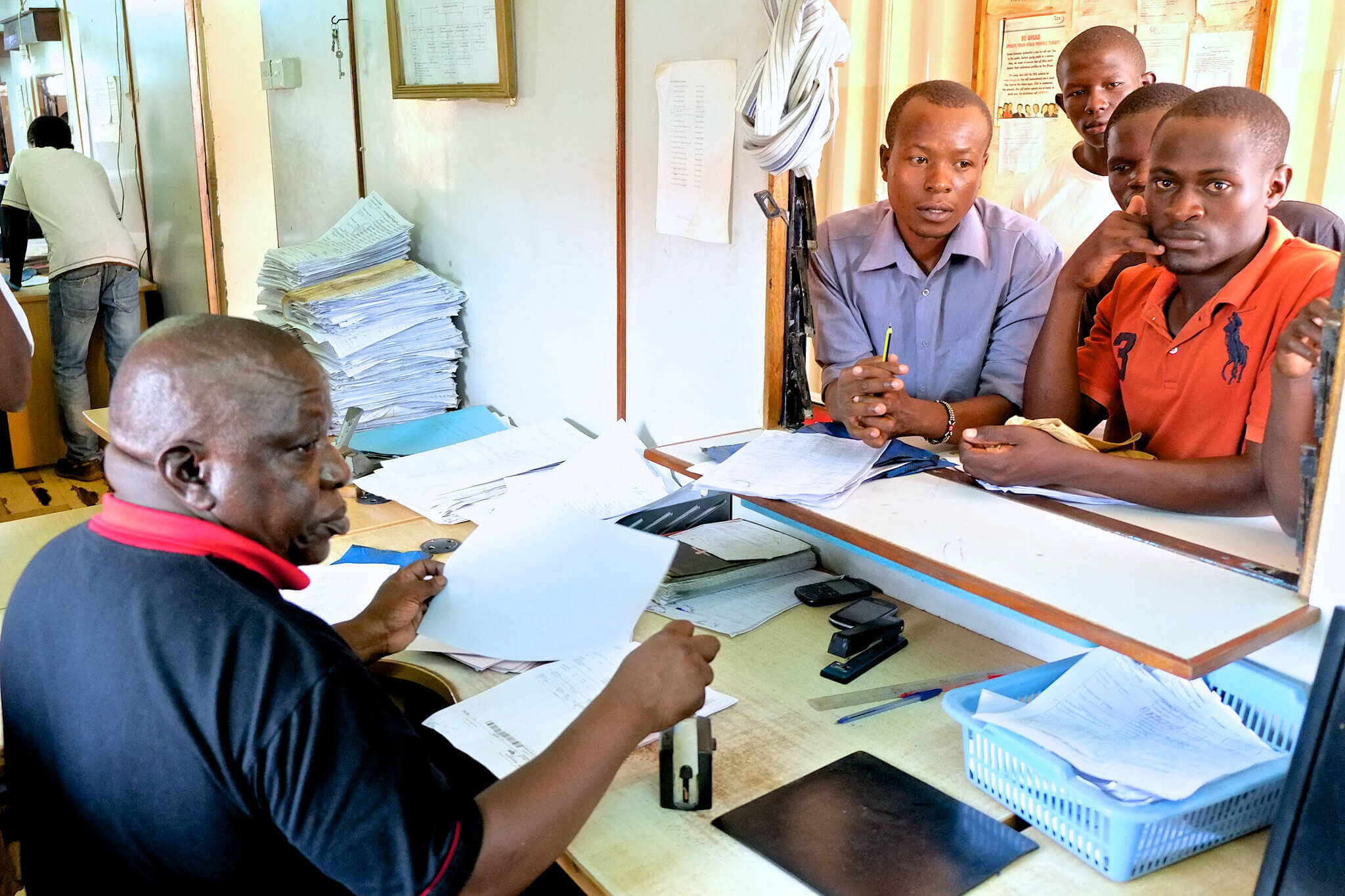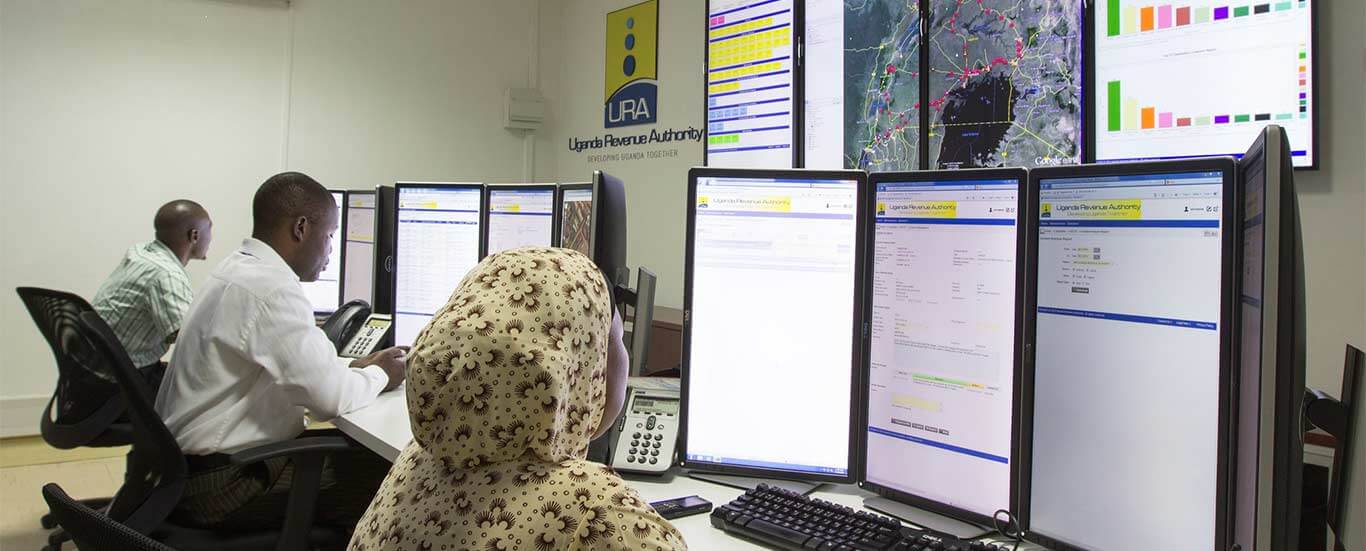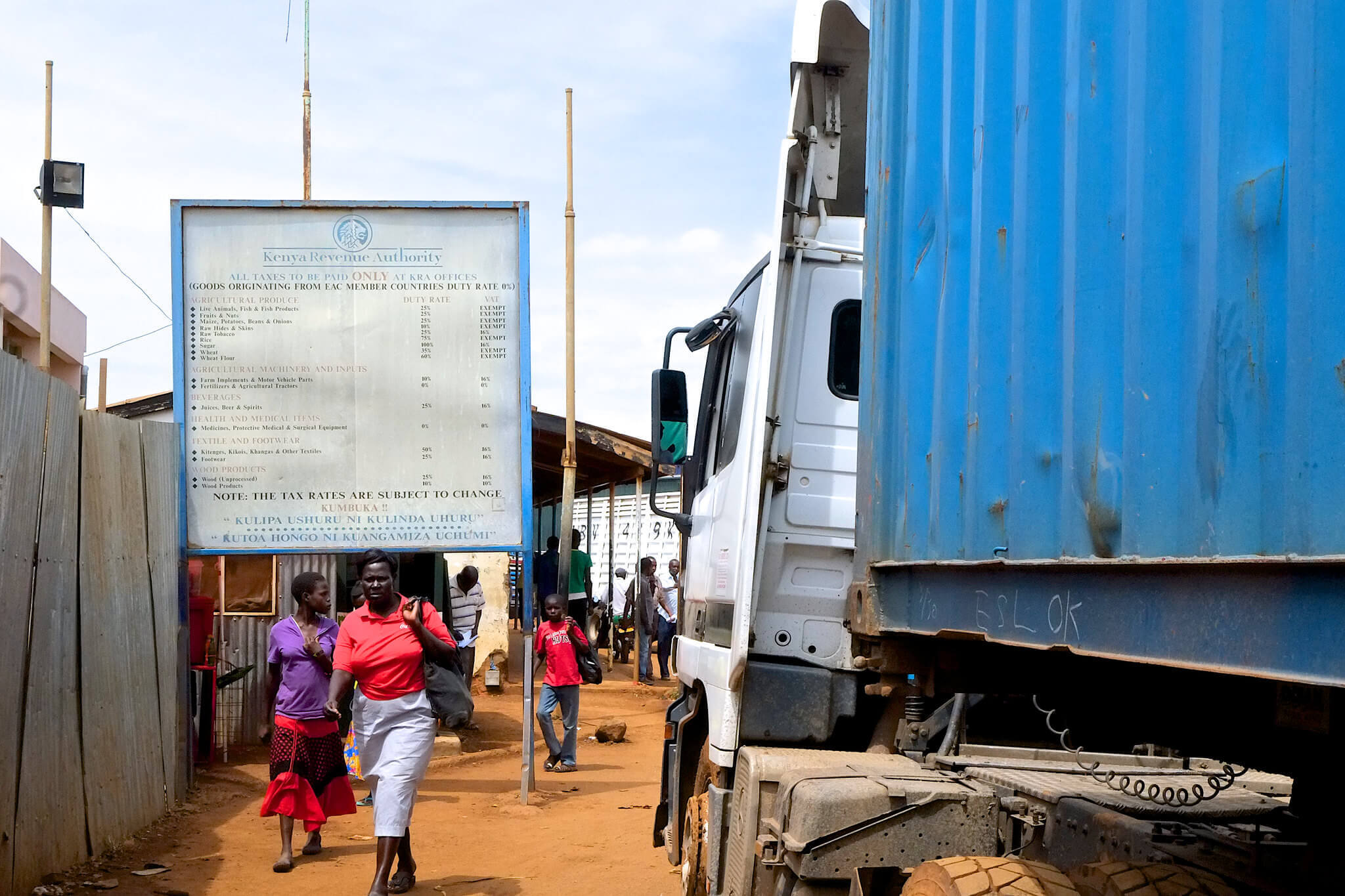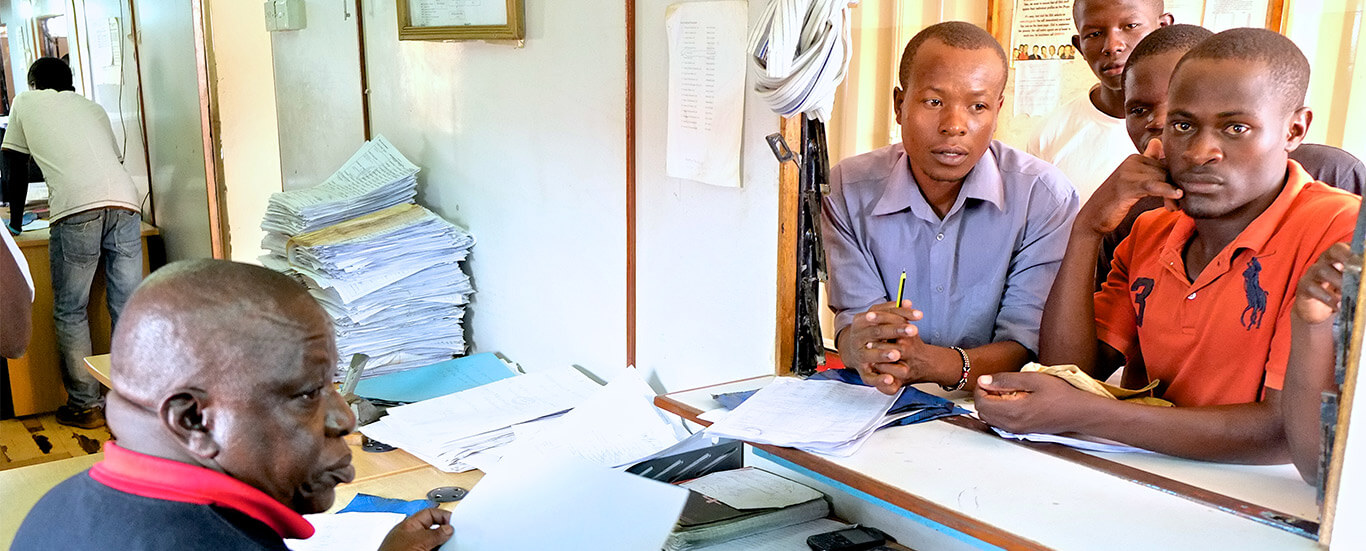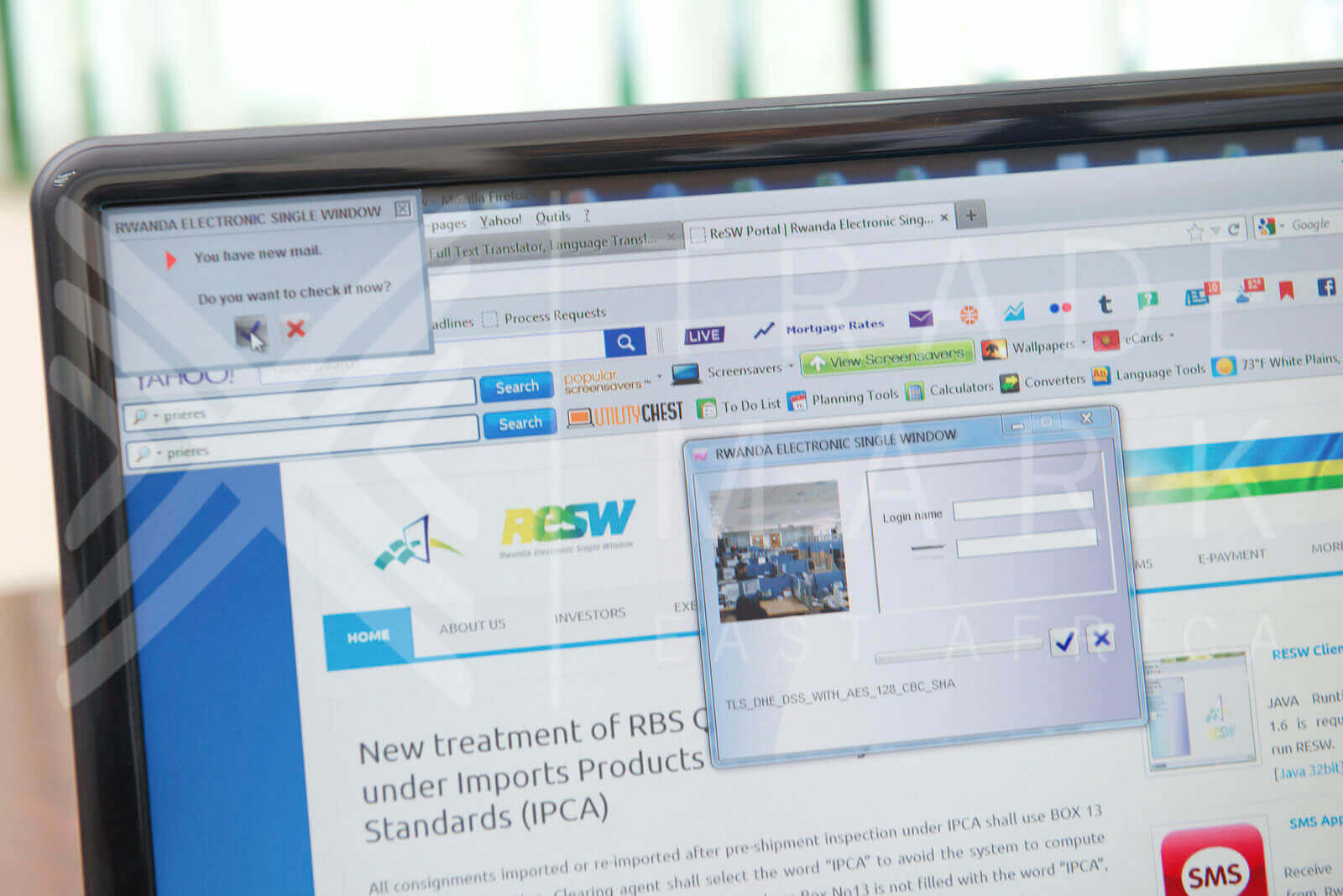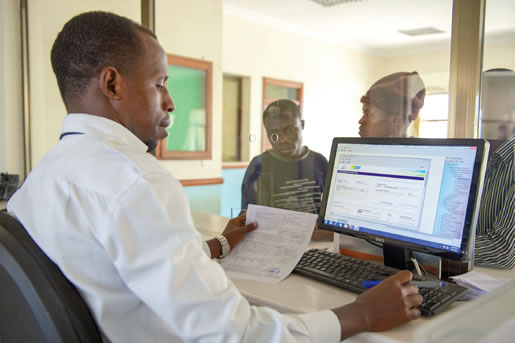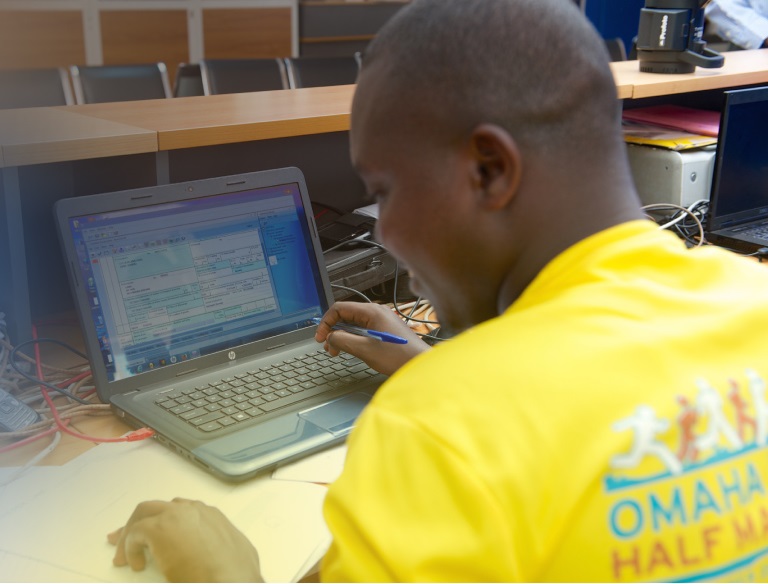[vc_row][vc_column][rev_slider slidertitle="UGANDA ELECTRONIC SINGLE WINDOW PROJECT" alias="uganda-electronic-single-window-project" offset=""][/vc_column][/vc_row][vc_row][vc_column][custom_inner_menus select_menu="project"][/vc_column][/vc_row][vc_row][vc_column][single_project_block_1 heading="Uganda Electronics Single Window Project" implementor="MINISTRY OF TRADE, INDUSTRY AND COOPERATIVES (MTIC) – Lead Coordinating Agency UGANDA REVENUE AUTHORITY (URA) – Lead Implementing Agency" target_group="Importers and Exporters" project_value="US$ 9,000,000" implementation_period="2015 - 2018" download_btn_text="Download Project PDF" download_btn_link="#url"]Uganda’s international trade business community must regularly prepare and submit large volumes of information and documents to governmental authorities to comply with import, export and transit-related regulatory requirements. Extensive documentation requirements and their associated compliance costs, constitute non – tariff barriers (NTBs), thus inhibiting the development of intra-regional and international trade. What: A national electronic single window, resolves the time and cost challenges and eliminates non-tariff barriers. In this case, UESW will link 22 government Ministries, Departments and Agencies thereby reducing transaction costs and time associated with processing select imports and exports documentation. How: TMA, with funding from the Danish International Development Agency (DANIDA), is providing financial and technical assistance to the URA, as the lead implementing agency, and Ministry of Trade, Industry and Cooperatives, as the lead coordinating agency, to support the implementation of the national electronic single window. Contact: Damali Ssali, Email; [email protected] Click here to learn more about One Stop Border Posts Program[/single_project_block_1][/vc_column][/vc_row][vc_row el_id="desired-result"][vc_column][single_project_block_2 heading="Desired Results" image_1="42902" image_2="43387"]The Uganda Electronic Single Window (UESW) will lead to improved coordination and sharing of data amongst trade regulatory agencies. It will also reduce the time it takes to process import and export documents in Uganda.[/single_project_block_2][/vc_column][/vc_row][vc_row el_id="project-insight"][vc_column][project_single_ele_3_container heading="More Project Insights." sub_heading="Projects Highlights From A Glance" slide_1="info access...
UGANDA ELECTRONIC SINGLE WINDOW PROJECT
Posted on: March 19, 2019
Posted on: March 19, 2019


